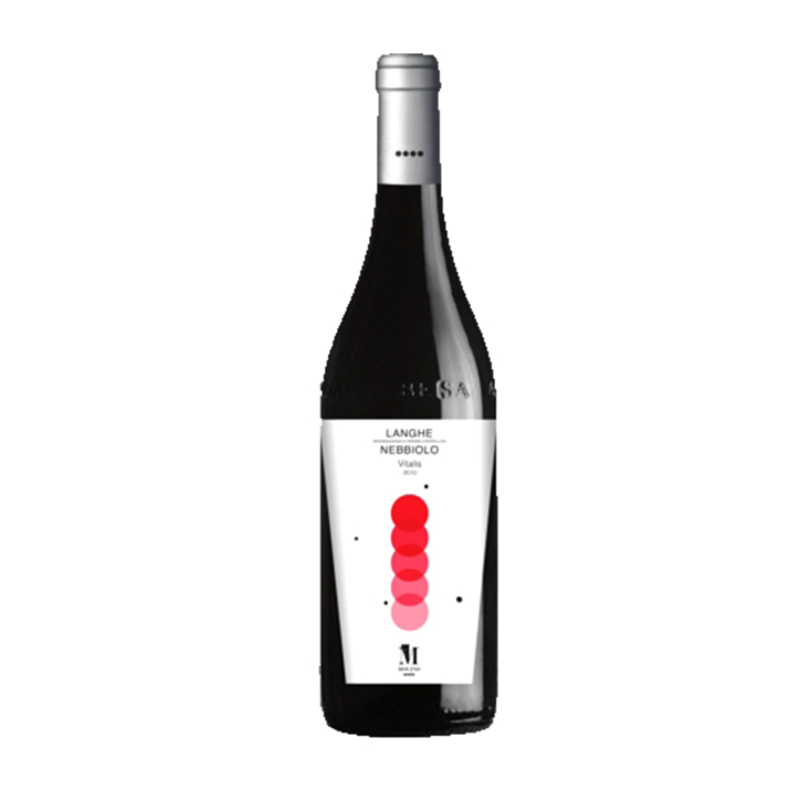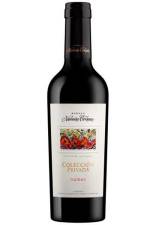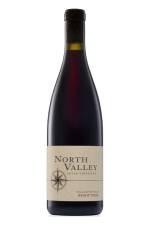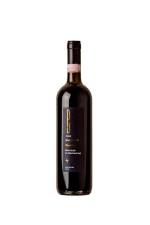Description
Agricola Molino Langhe Vitalis Nebbiolo 2012
A prestigious and distinctive region for red wines in northwestern Italy, Piedmont is responsible for some of the country’s longest-lived, most sought-after wines. Set in the foothills of the Alps, the terrain consists of visually stunning rolling hills. The most prized vines are planted at higher altitudes on the warmer, south-facing slopes where sunlight exposure is maximized. The climate is continental, with cold winters and hot, muggy summers. Despite the rain shadow effect of the Alps, precipitation takes place year-round, and a cooling fog provides moisture that aids in the ripening of grapes.
Easy-going Barbera is the most planted grape in Piedmont, beloved for its trademark high acidity, low tannin, and juicy red fruit. However, the most prized variety is Nebbiolo, named for the region’s omnipresent fog (“nebbia” in Italian). This grape is responsible for the exalted wines of Barbaresco and Barolo, known for their ageability, firm tannins, and hallmark aromas of tar and roses. Nebbiolo wines, despite their pale hue, pack a pleasing punch of flavor and structure, and the best examples, when made in a traditional style, require about a decade’s wait before they become approachable. Barbaresco tends to be more elegant in style while Barolo is more powerful. More affordable and imminently drinkable Nebbiolo can be found in the larger Langhe area as well as Gattinara, Ghemme, and other less-prominent appellations. Dolcetto is Piedmont’s other important red grape, ready to drink as quickly as Barbera but with lower acidity and higher tannin. White wines are less important here but can be high in quality, and include Arneis, Gavi, and sweet, fizzy wines made from Muscat.





